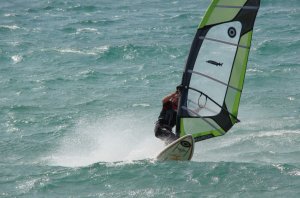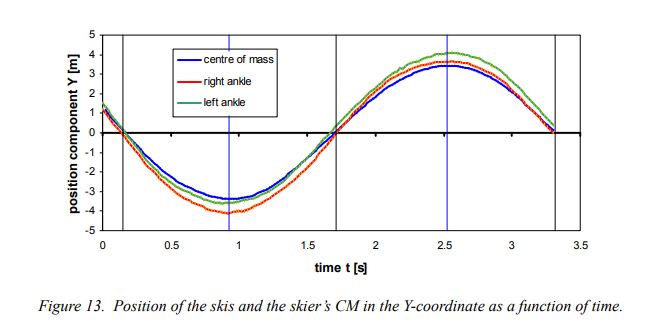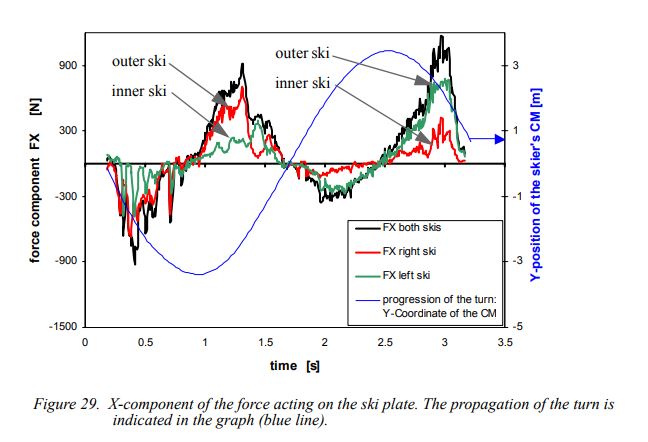- Joined
- Dec 2, 2015
- Posts
- 24,928
Well, a patience transition, like a patience turn, could help. I suppose. Outside ski to outside ski or yo and over, whatever you call it.
My objection was "this is the way to ski, this is how we actually should ski, everything was wrong, this new way is based on physics". Total crock. Perhaps I over interpreted. But, based on words in that segment, not really.
This is my prob with all these groups, not limited to NZ. There's always a flavor of the year and some of these guys come back from trainings and see whatever that was everywhere.
But, more accurately, probably just pushing to turn. There's a problem in general with balancing on the outside ski. Then we get pitch involved and they don't really want to go downhill, so push the outside ski. Twice often, the old and the new. These things aee ingrained.
Haha, then we could discuss actually using the inside ski. A la Richie Berger, etc.
My objection was "this is the way to ski, this is how we actually should ski, everything was wrong, this new way is based on physics". Total crock. Perhaps I over interpreted. But, based on words in that segment, not really.
This is my prob with all these groups, not limited to NZ. There's always a flavor of the year and some of these guys come back from trainings and see whatever that was everywhere.
Well that was poorly written. What I meant was pushing the skis out to get the com downhill, inside, now-right away.
But, more accurately, probably just pushing to turn. There's a problem in general with balancing on the outside ski. Then we get pitch involved and they don't really want to go downhill, so push the outside ski. Twice often, the old and the new. These things aee ingrained.
Haha, then we could discuss actually using the inside ski. A la Richie Berger, etc.

 (And let's stay completely away from quantum physics for skiing.)
(And let's stay completely away from quantum physics for skiing.)









